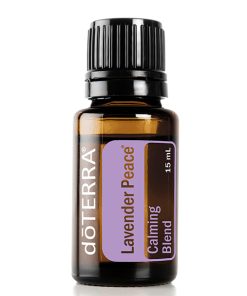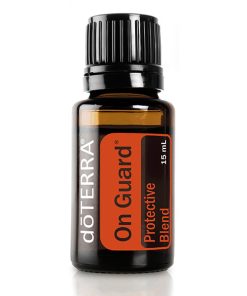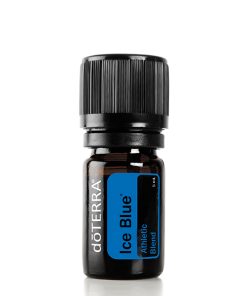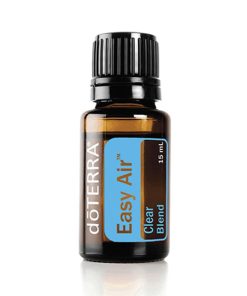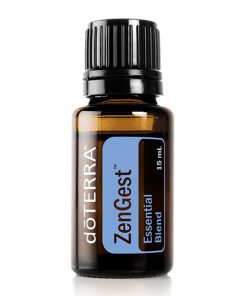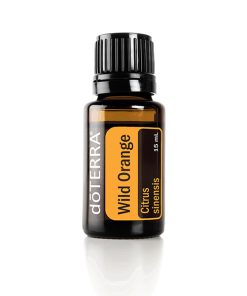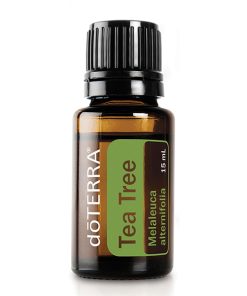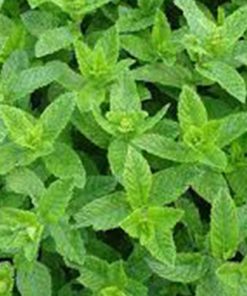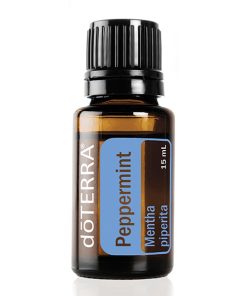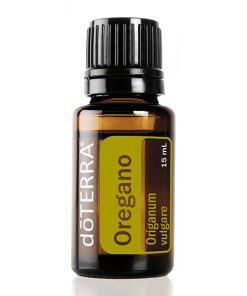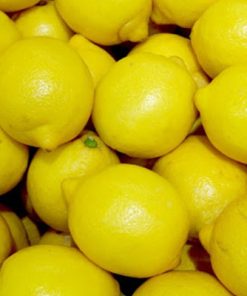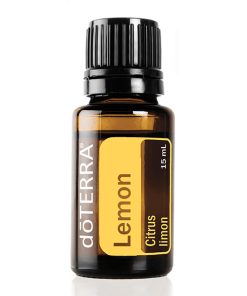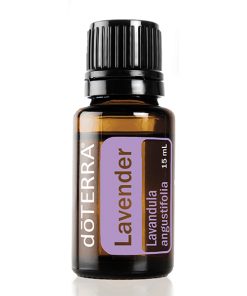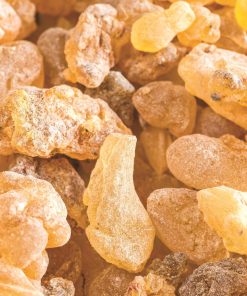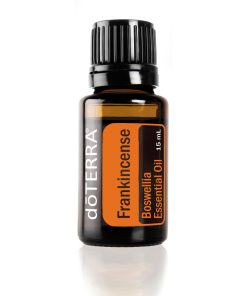
To ensure that each bottle of essential oil is pure and free from contaminants and synthetic fillers, dōTERRA created the CPTG® “Certified Pure Tested Grade®” protocol. This involves a rigorous 8-step examination of every batch of oil.
These 8 steps are:
Organoleptic testing
This involves using the human senses of sight, touch, smell, and taste. If the oil has a strange color, uneven consistency, or an unusual smell, this tells us that there is a problem.
Microbial testing
An essential oil sample is added to a sterile growth medium, incubated, and observed for any microbial growth. This alerts us to the presence of bio-hazardous microorganisms, such as fungi, bacteria, viruses, and mould.
Gas chromatography
An essential oil is vaporized and transferred through a long column, which separates the oil into its individual parts. Chemical properties and molecular weight are then measured when it exits the column. This allows quality control analysts to see which compounds are present in the sample.
Mass spectrometry
The components that have been separated by gas chromatography are ionized and passed through a series of magnetic fields. Using molecular weight and charge, the amount of each component can be identified, which gives us further insight into the essential oil’s potency.
Fourier-transform infrared spectroscopy (FTIR)
An FTIR scan involves shining different frequencies of infrared light through an essential oil sample, and measuring how much light is absorbed by the sample. The results are compared with a database to ensure that they are consistent with previous batches.
Chirality testing
Chirality is a term derived from the Greek word for hand, and it describes the 3D orientation of a molecule. Just as you have two hands, chiral molecules exist in two forms, distinguished as either the right or the left hand. Determining the ratio of right- to left-handed constituents ensures that no synthetic elements are present in the essential oil.
Isotopic analysis
A special type of Mass Spectroscopy is used to determine which isotopes are present in an essential oil component, and at what amounts. If sourced from the same location, every component of the essential oil should have the same ratio of isotopes. If the isotopic profile of one component is different from the others, this tells the quality control analyst that the essential oil contains an adulteration.
Heavy metal testing
If an essential oil is distilled properly, it shouldn’t contain any heavy metal. A high-energy medium is used to ionize the sample. Next, the sample is passed through a mass spectroscope to separate it into its elemental parts. This tells us which elements are present and at what quantities. If heavy metal is present, then we know that the essential oil is not pure.

